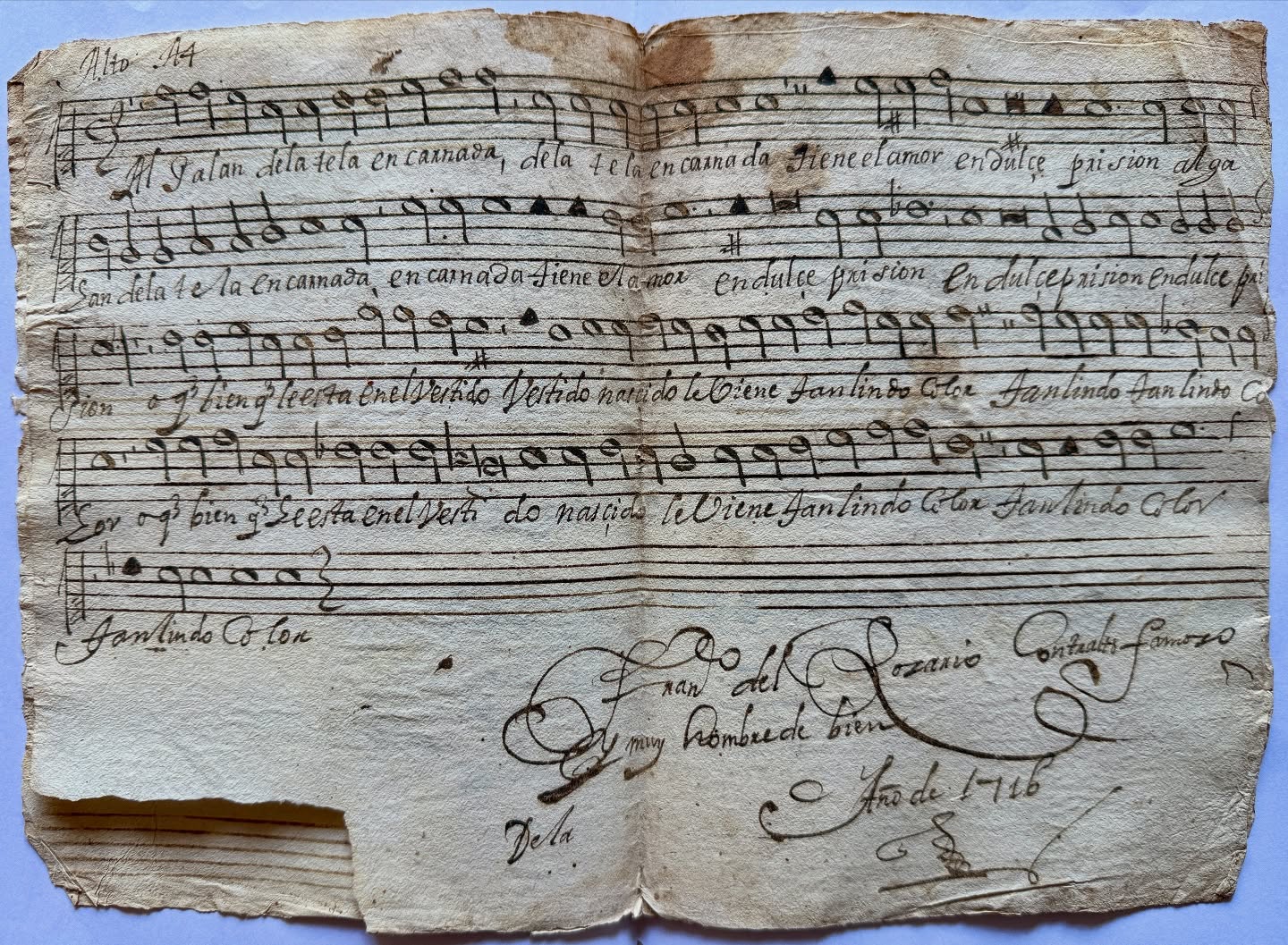In 1961, just before its merger into the LCA, the Augustana Synod had 1,353 pastors, 1,219 congregations, and 619,040 members.[2]
1961年、LCAへの合併直前に、アウグスティナ・シンオドには1,353人の牧師、1,219の教会、619,040人の会員がいた。[2]
The LCA's immigrant heritage came mostly from Germany, Sweden, present-day Czech Republic, present-day Slovakia, Denmark, and Finland, and its demographic focus was on the East Coast (centered on Pennsylvania), with large numbers in the Midwest and some presence in the Southern Atlantic states.
Theologically, the LCA was often considered the most liberal and ecumenical branch in American Lutheranism, although there were tendencies toward conservative pietism in some rural and small-town congregations. In church governance, the LCA was clerical and centralized, in contrast to the congregationalist or "low church" strain in American Protestant Christianity. With some notable exceptions, LCA churches tended to be more formalistically liturgical than their counterparts in the American Lutheran Church (ALC). Among the Lutheran churches in America, the LCA was thus the one that was most similar to the established Lutheran churches in Europe.
The LCA ordained the country's first female Lutheran pastor, Elizabeth Platz, in November 1970. In 1970, a survey of 4,745 Lutheran adults by Strommen et al., found that 75 percent of LCA Lutherans surveyed agreed that women should be ordained, compared with 66 percent of ALC members and 45 percent of Lutheran Church–Missouri Synod members.[1]
It subsequently ordained the nation's first female African-American Lutheran pastor (Earlean Miller in 1979), first Latina Lutheran pastor (Lydia Rivera Kalb in 1979), and first female Asian-American Lutheran pastor (Asha George-Guiser in 1982).
The LCA was a founding member of the Lutheran Council in the United States of America, which began on January 1, 1967.
LCAの移民のルーツは主にドイツ、スウェーデン、現在のチェコ共和国、現在のスロバキア、デンマーク、フィンランドに由来し、人口構成の重点は東海岸 (ペンシルベニア州を中心に)にあり、中西部にも多くの信徒がおり、南部大西洋岸州にも一定の存在感があった。
神学的には、LCA は、アメリカのルーテル教会の中で最も自由でエキュメニカルな派閥とよく考えられていましたが、一部の農村部や小さな町の教会では保守的な敬虔主義の傾向 も見られました。教会統治においては、LCAは教職者中心で中央集権的な体制を採用しており、アメリカのプロテスタントキリスト教における会衆主義的また は「低教会派」の傾向とは対照的だった。いくつかの例外はあるものの、LCAの教会はアメリカ・ルター派教会(ALC)の教会に比べて、形式的な礼拝儀式 に重きを置く傾向があった。アメリカにおけるルター派教会の中で、LCAはヨーロッパの伝統的なルター派教会に最も類似した教会だった。
LCAは1970年11月に、アメリカ初の女性ルター派牧師であるエリザベス・プラッツを按手した。1970年にストルメンらが行った4,745人のル ター派成人を対象とした調査では、LCAのルター派信者の75%が女性の按手を支持したのに対し、ALCの会員では66%、ルター派教会・ミズーリ・シン オドの会員では45%だった。[1]
その後、同教会は、米国で初めてのアフリカ系アメリカ人女性ルター派牧師(1979年にアールリーン・ミラー)、ラテン系女性ルター派牧師(1979年に リディア・リベラ・カルブ)、アジア系アメリカ人女性ルター派牧師(1982年にアシャ・ジョージ・グイザー)を叙階した。
LCAは、1967年1月1日に設立されたアメリカ合衆国ルーテル教会評議会の設立メンバーの一つだ。

グアテマラ?のカテドラルのアーカイブスにあると思われれる羊皮紙?の楽譜 “Francisco del Rosario, contralto famoso y muy hombre de bien. Año de 1716.”Anotación de Marcos de Quevedo y Navas en la parte de alto del villancico «Al Galán de la tela encarnada».
Omar Morales Abril, FaceBook より